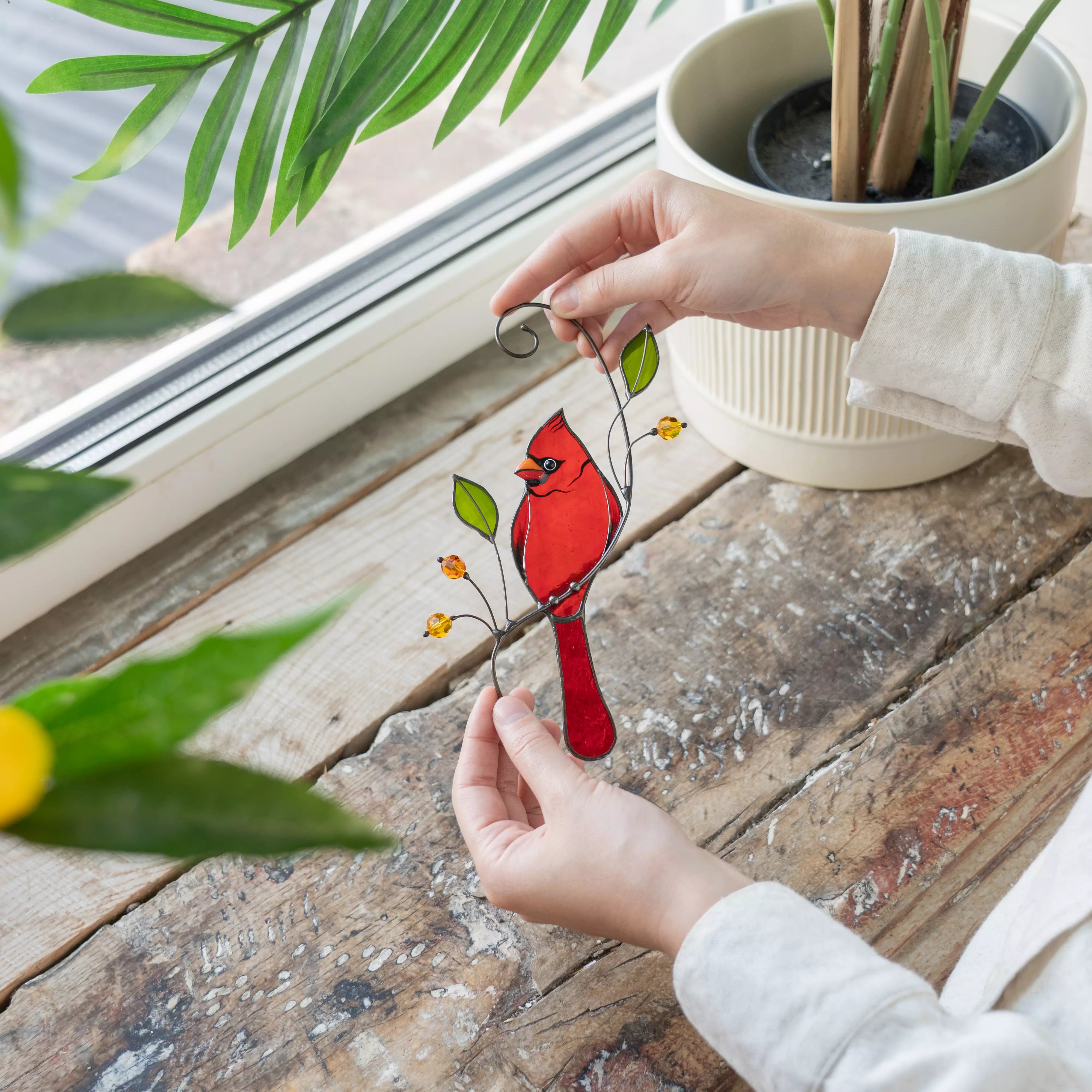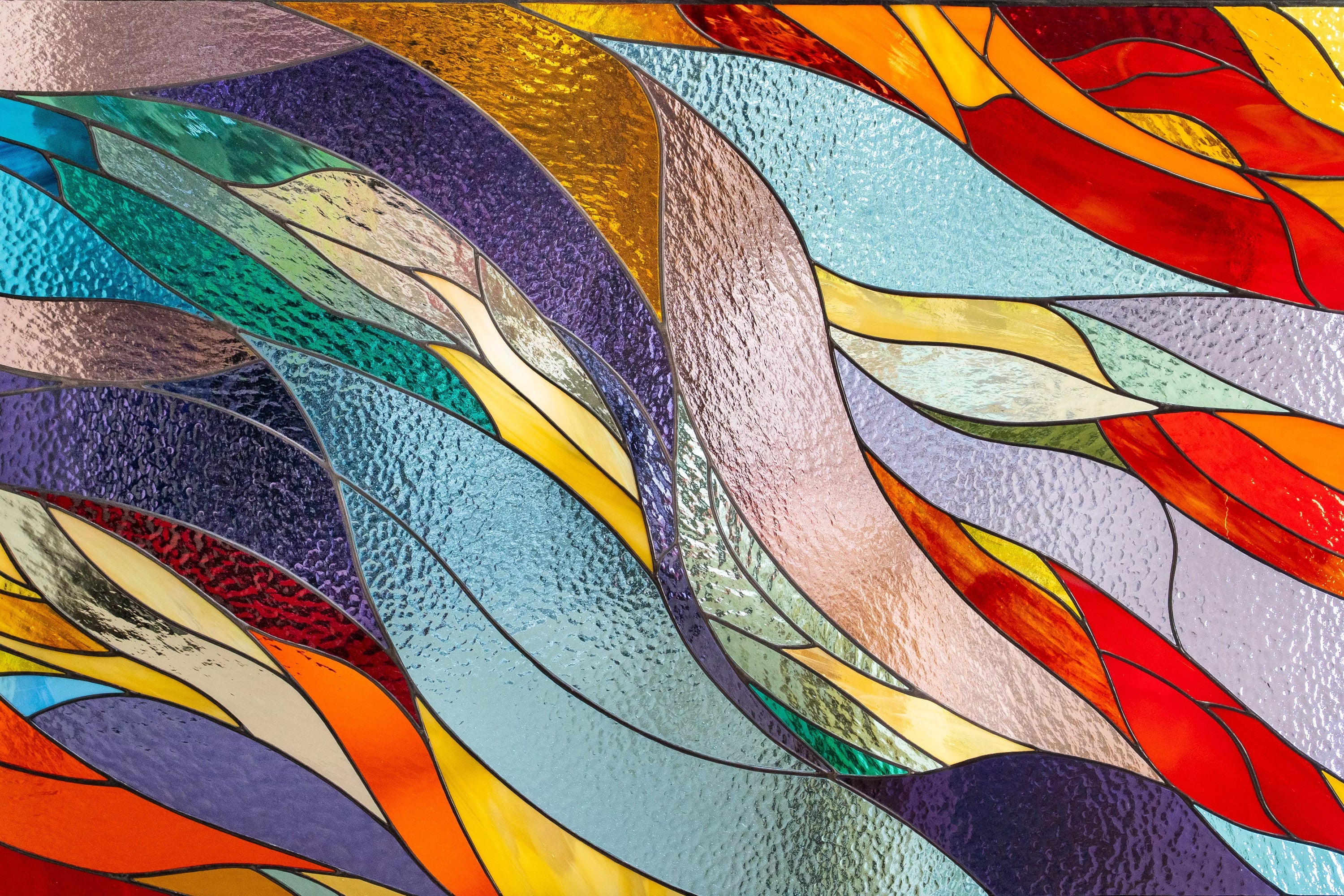Stained Glass in Modern Architecture: A Contemporary Renaissance
In the always developing world of architecture, the intersection of tradition and innovation has given rise to a modern renaissance – one where stained glass is going through a vibrant revival in contemporary design. Let us take a closer look at how ancient stained glass art can be implemented into modern architecture and make it play out in fresh colors.

Historical overview of stained glass in architecture
Stained glass windows, which are traditionally associated with catholic cathedrals and churches, have been admired for their ability to diffuse natural light into a kaleidoscope of colors for centuries. The first stained glass windows date back to the seventh century and were found in Great Britain. Though, the first evidence of marvelous stained glass art is known to be found in France in 675 AD.
Especially popular was the implementation of stained glass windows in churches and cathedral, which belong to catholic religion. Lately, stained glass windows, ceilings and stained glass mosaic floors became the landmark of almost every European country.
Modern trends in the use of stained glass
Once confined to religious institutions and historical buildings, stained glass has found its place in structures of modern architecture, ushering in a renaissance that blends the timeless elegance of the past with the aesthetics of the present. Nowadays, many architects are rediscovering and reinterpreting this classic technique, integrating stained glass windows into modern structures to create stunning visual effects and impeccable play of colors.
Quite often one can see stained glass ceilings or even walls in private modern interiors. Due to the new technologies and variety of stained glass colors and textures designers have mastered how to incorporate ancient art of stained glass manufacturing into modern stylish interiors.
Besides, in many private houses there are stained glass pictures which people use for windows or door decorations. It makes any interior charming and one of a kind, especially when the sun comes through and creates a kaleidoscope of colors.
However, it is vital to mention that in modern architecture stained glass art finds its expression in diverse forms such as panels for windows and walls, doors, chimneys, gardens and even flooring, using mosaic techniques.
Technical innovations in the creation of modern stained glass windows
The resurgence of stained glass in contemporary architecture can be attributed in part to advancements in technology. Modern techniques allow for greater precision and flexibility in the creation of designs and patterns for future masterpieces, enabling architects to push the boundaries of creativity.
Modern designers and architects use computer illustration programs to create new designs of stained glass pieces. Digital designs give artists the possibility to bring their visions to life with unparalleled accuracy.
The contemporary renaissance of stained glass also aligns with the growing emphasis on sustainable and eco-friendly design. Stained glass allows architects to incorporate recycled materials, promote energy efficiency, and create spaces that connect with nature while embracing the artistic heritage of the past.
The future of stained glass in architecture
We believe that stained glass art will find its place in modern interiors even more, that it is now. Together with our team we manufacture trendy home decorations, such as hanging stained glass suncatchers to prove to people who believe that stained glass masterpieces are out of date, that they have to take a new look at this elegant form of art.
Several modern architectural masterpieces showcase the integration of stained glass in innovative ways. From contemporary residences to public buildings, architects are experimenting with bold designs and unconventional placements, pushing the boundaries of what is possible with this ancient craft.
The contemporary renaissance of stained glass in modern architecture represents a harmonious blend of tradition and innovation. As architects and artists continue to explore the possibilities of these timeless stained glass masterpieces, more and more people are becoming convinced that stained glass windows are a new breath, rather than a sign of ancient times.


